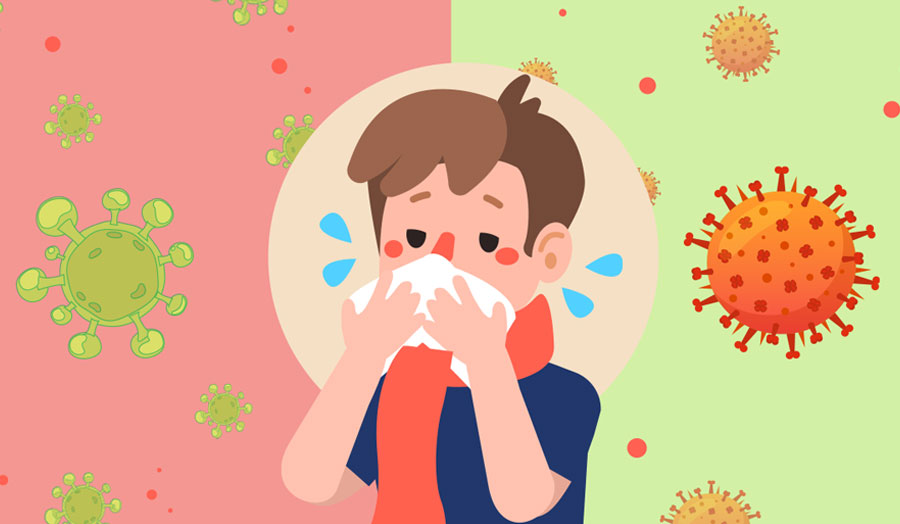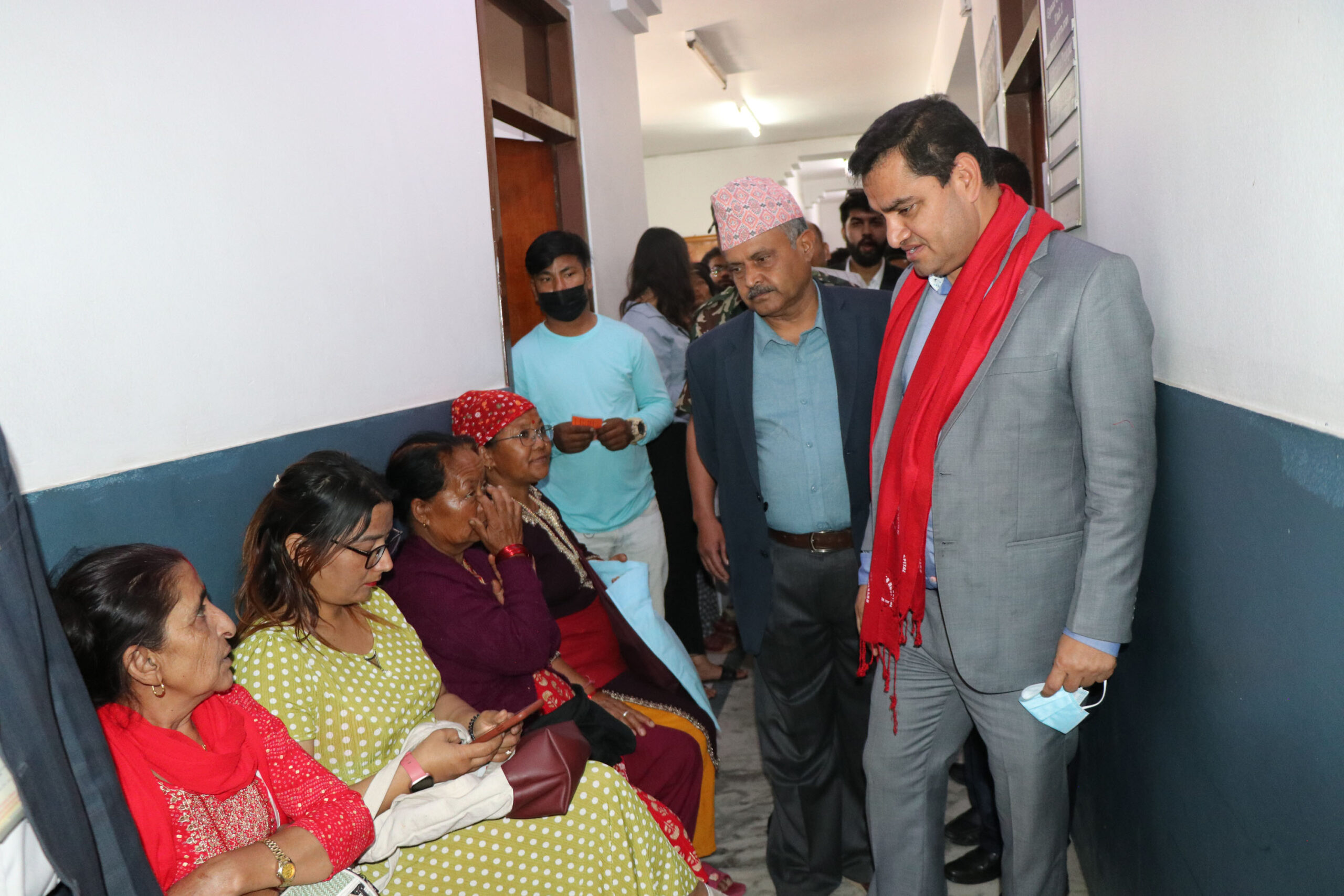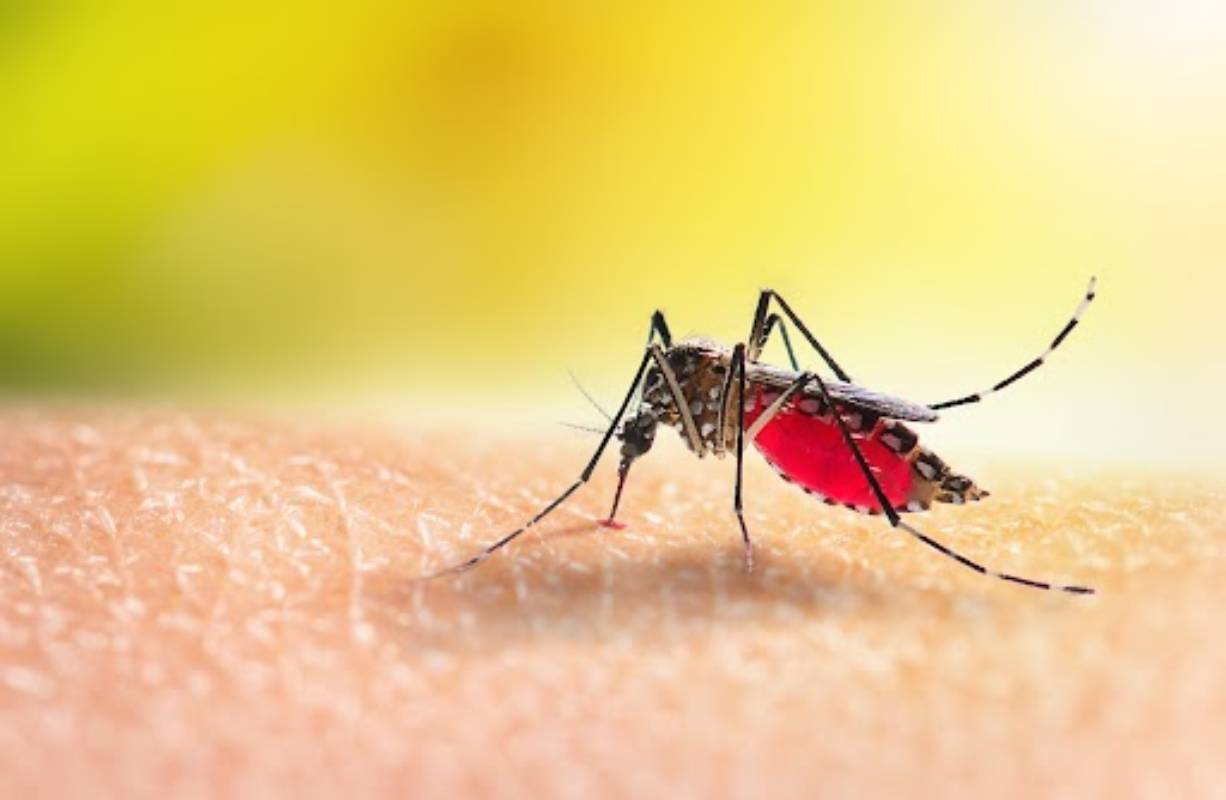Hong Kong flu spreading rapidly, causing persistent cough
In Nepal, flu viruses are most active twice a year: from January to March and again from July to September.

KATHMANDU: A patient suffering from a persistent cough for over a month recently sought medical advice.
He carried several medical reports, including a flu test confirming the presence of Influenza A (H3N2), commonly known as the Hong Kong flu.
The patient experienced fever, headache, sore throat, body aches, runny nose, and persistent cough.
Notably, the prolonged cough was evident even during the consultation.
This condition, known as ‘post-viral cough,’ has become increasingly common in the community. Typically, a cough lasting between three to eight weeks is categorized as post-viral or post-infectious cough.
In Nepal, flu viruses are most active twice a year: from January to March and again from July to September. This pattern has earned it the name ‘seasonal flu.’
Types of Flu Viruses and Their Impact
Flu viruses are classified into four types: A, B, C, and D. Among them, Influenza A and B are the primary culprits behind severe health complications. Historical data shows that Influenza A has been responsible for several pandemics.
Before COVID-19, the World Health Organization (WHO) had declared Influenza A (H1N1) as a pandemic in 2009. Initially labeled as ‘swine flu,’ it was later renamed ‘H1N1pdm09.’ Today, this virus is categorized as a seasonal flu and recurs annually in Nepal. Similarly, in 1918, an H1N1 outbreak caused one of the deadliest pandemics in modern history, infecting nearly one-third of the global population and resulting in an estimated 50 million deaths.
Influenza A also includes the H5N1 strain, commonly known as ‘bird flu.’ This highly lethal virus has a mortality rate exceeding 50%. It primarily spreads from infected birds to humans. However, in a recent alarming development, cases of bird flu transmission from cattle and dairy products to humans were confirmed in the United States.
With additional transmission sources, H5N1 bird flu now poses an increasing threat to human health. Nepal recorded its first human case of H5N1 in 2019, which resulted in death. This equates to a 100% fatality rate for human cases in Nepal.
Since 2009, Nepal has been reporting H5N1 outbreaks in poultry and ducks annually. However, the lack of strict biosecurity measures in the agricultural sector keeps the risk of human transmission significantly high.
Understanding the Hong Kong Flu
H3N2, a major subtype of Influenza A, is commonly known as the Hong Kong flu. This virus, alongside H1N1pdm09, has been detected in Nepal every year. The Hong Kong flu was first identified in 1968 and caused an outbreak that claimed an estimated 1 to 4 million lives worldwide. Over time, it has evolved into a seasonal flu strain.
At the start of 2025, H3N2 began rapidly replacing H1N1pdm09 as the dominant flu strain. The rapid spread of the Hong Kong flu has forced many individuals to stay home due to illness. Persistent post-viral cough has also become a widespread issue. Additionally, air pollution is believed to exacerbate respiratory problems caused by the virus.
Symptoms of the Hong Kong Flu
Flu symptoms typically appear within two days of infection. The primary symptoms include sudden fever, cough, headache, muscle and joint pain, sore throat, and a runny nose. In children, vomiting is also common. While most symptoms subside within a week, coughing may persist for two weeks or longer. In severe cases, complications such as pneumonia and sepsis can occur. High-risk groups include the elderly, young children, individuals with weakened immune systems, and those with chronic illnesses.
Treatment and Prevention
Flu spreads through respiratory droplets expelled during coughing and sneezing. It can also be transmitted when a person touches a contaminated surface and then touches their face. To reduce the risk of transmission, infected individuals should cover their mouths with their elbows when coughing or sneezing.
For confirmed flu cases, antiviral medication such as Oseltamivir is available. In Nepal, the government provides this medication free of charge to high-risk individuals.
Flu testing is primarily conducted at the National Public Health Laboratory, with private hospitals and laboratories also offering the service since the COVID-19 pandemic. However, vaccination remains the best preventive measure. Flu vaccines are available at Sukraraj Tropical and Infectious Disease Hospital and several private hospitals across Nepal.
Flu Cases Surge in Nepal
Flu cases in Nepal surged dramatically in early 2025. While the flu virus was detected in only 4% of cases until mid-December, this figure has now spiked to nearly 31%. The rapid spread of H3N2 has not only replaced H1N1pdm09 but has also led to more severe symptoms in many individuals.
Persistent coughing for weeks has become a common complaint among flu patients. Although flu is a recurring seasonal virus, high-risk individuals face the danger of severe complications. Seeking medical advice and getting vaccinated remain the best strategies for flu prevention and protection.










